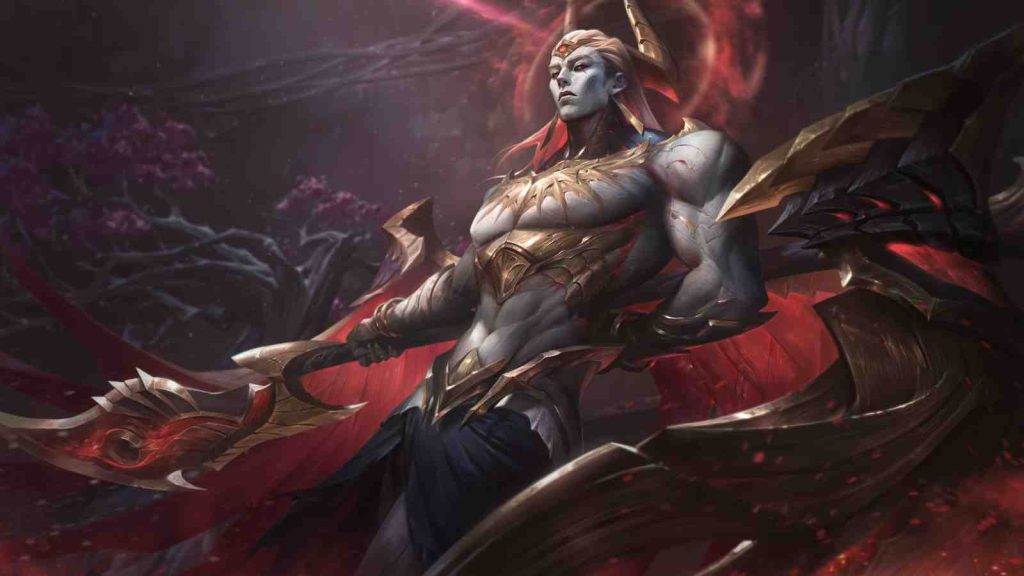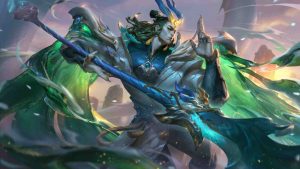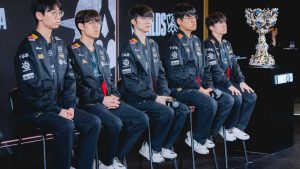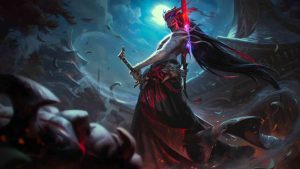Zaahen’s journey through development began in an unexpected place, League of Legends Lead Gameplay Designer Matt “Riot Phroxzon” Leung-Harrison revealed on X.
When designing Zaahen, the game developers set out to create a champion that bridges legacy and lore — honoring the spirit of classic fighters like Xin Zhao while fully embracing the Darkin’s brutal elegance.
His kit carries deliberate nods to Xin Zhao’s playstyle, reimagined through a Darkin lens. His abilities weave together themes of power and persistence, featuring vampiric sustain, lifesteal mechanics, and even a revival twist that cements his identity as a relentless force on the Rift.
All of this is almost expected, considering the lore. Few would guess that Zaahen’s development originally put him in ranks of Lulu, Janna, Nami, and the rest of the healing and shielding crew.
The early development of Zaahen: from Support to divine Top Lane Darkin

The game development team hadn’t created a support champion in quite some time, and with early concepts already pointing toward a Darkin champion centered on “eye and all-seeing” motifs, it seemed like a natural direction to explore.
One of the first iconic ideas for his ultimate that Lead Champion Designer Blake “Squad5” Smith experimented with involved Zaahen swinging his glaive to Deathmark everyone in range — a mix between Zed’s Deathmark and Xin Zhao’s Crescent Guard.
While the concept sounded powerful, it ran into a practical issue: with a support’s economy, Zaahen would often use his ultimate only to die shortly after. It wasn’t necessarily a fatal flaw, but the idea didn’t feel exciting enough to anchor the entire kit around, Riot Phroxzon explained.
Another iteration embraced the theme of sacrifice. In this version, Zaahen would gain additional stats whenever he secured a takedown or died — a nod to the frequent deaths common for support champions. Though the design was mechanically interesting and potentially strong, it didn’t resonate well with the team.

Ultimately, the developers decided that Zaahen might find a more natural home in the top lane. The shift made sense, especially since some of his mechanics and thematic parallels to Xin Zhao felt more fitting for a bruiser or fighter archetype rather than a support.
From those early experiments, Zaahen’s identity began to take clearer shape — a Darkin defined by sacrifice, power, and vision, now forged for a lane where he could truly wield his glaive to its full potential.
Inspiration and evolution: from myth to mechanics
Throughout Zaahen’s development, the team drew heavy inspiration from mythic figures such as god Erlang Shen and Guan Yu.
Erlang Shen’s famous truth-seeing third eye, often symbolizing omniscience and enlightenment across Hindu, Buddhist, and other Eastern traditions, directly influenced Zaahen’s all-seeing Darkin motif. Early concepts explored ways to capture that sense of higher awareness and divine perception in gameplay.
Guan Yu, on the other hand, was a real historical figure — a legendary general and warrior who lived during the Eastern Han dynasty. He was renowned for his unwavering loyalty, courage, and martial prowess, the student-authored dictionary Chinese Popular Culture Terms, Vol. 1 explains. Over centuries, Guan Yu’s heroism elevated him from historical figure to deity — worshiped as the God of War and a symbol of righteousness across Taoism, Buddhism, and Chinese folk religion
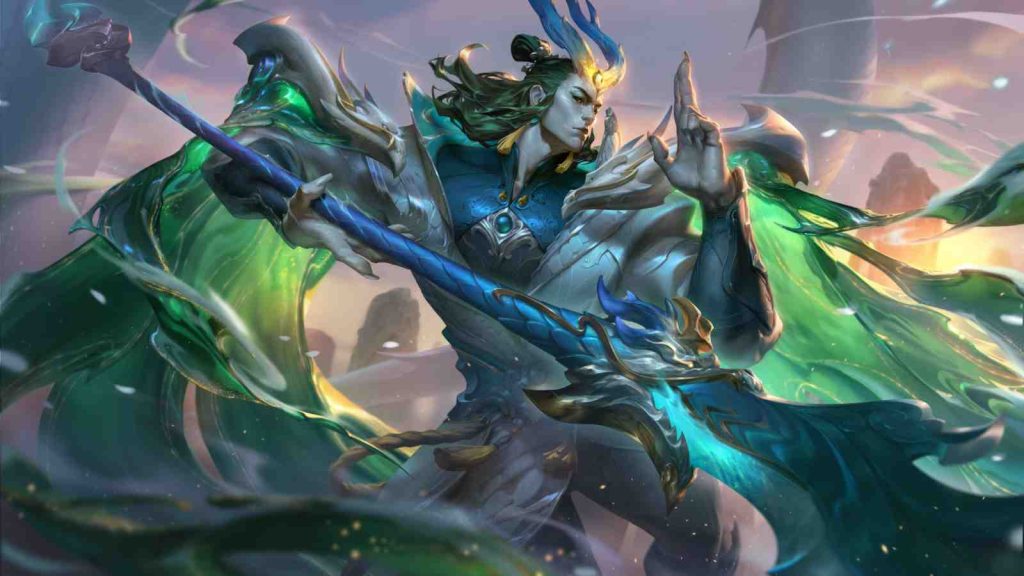
Lead Champion Designer Squad5 experimented with several bold ideas to bring this collective vision to life. One iteration made Zaahen untargetable by non-targeted abilities — a concept reminiscent of Gwen’s W — though it only survived a single test due to its experimental nature, Riot Phroxzon shared.
Other prototypes included mechanics where Zaahen would “learn” about his opponents over the course of combat, or passively dodge attacks every few seconds. While intriguing, these iterations either proved clunky in practice or overlapped too closely with existing abilities, such as old Pantheon’s passive.
Late into development, the team had already built a solid, satisfying kit — but something still felt missing. That final spark came when LoL Lead Designer August “August” Browning suggested reintroducing a revive mechanic as the reward for reaching max stacks on Zaahen’s passive.
The change instantly resonated with playtesters, tying together the champion’s themes of resilience, divinity, and Darkin ferocity. From that moment, Zaahen’s identity truly came alive.

